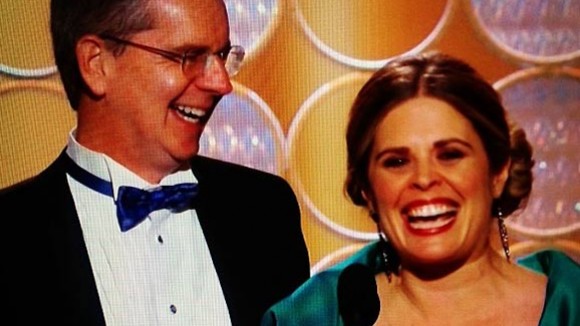

Golden Globes Change Their Animation Rules

The Golden Globes, awarded annually by the Hollywood Foreign Press Assn., have revised their rules for the animated feature category. The winner of the category has gone on to win the Oscar for six of the last seven years.
Beginning with this year’s films, foreign-language animated features will be eligible to compete in the animation category. This change is a direct response to last year when Hayao Miyazaki’s The Wind Rises received a nomination in the Foreign Language Film category, but was unable to compete alongside the animation nominees. Additionally, the organization has now disqualified foreign-language animated films from competing in the Foreign Language category.
The group has also refined its overall animated feature rules to more closely align with those used by the Academy of Motion Picture Arts & Sciences, which hands out the Oscars. Beginning this year, 75% of a film’s lead character must be animated. The “movement and characters’ performances must be created using a frame-by-frame technique” through “hand drawing, stop motion, pixilation, animation software or a similar technique.”
Some industry observers have pointed out that these rules are designed to exclude motion capture films. That would be unfortunate. As I’ve pointed out in the past, even though a film like The Adventures of Tintin might be rooted in motion capture data, the performance is still created by animators through frame-by-frame techniques in the same manner as more traditional CG films like Frozen. And how do we deal with Gravity which could still be considered an animated film under the Hollywood Foreign Press’ new definition of animation. As the lines blur further between animation and live-action, it will become an increasing challenge for these organizations to properly acknowledge the growing role of animation in filmmaking.
